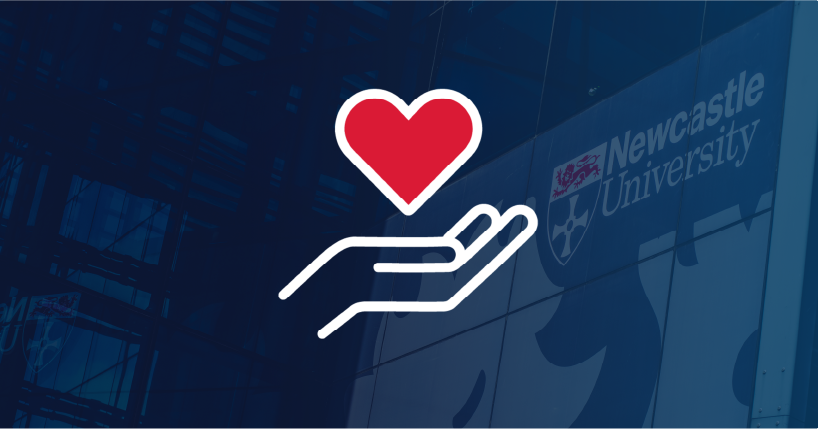Closing the Feedback Loop
NEW: A vision for education and skills at Newcastle University: Education for Life 2030+
You said, we listen, we act
Sharing Positive Change with Students
It is really important that we all close the feedback loop. Students need to be aware not only of the many ways in which they can provide feedback on their experience, but also of what happens with the feedback they provide and what changes are made in response.
There are a wide range of ways in which you can do this within your academic unit:
- Staff-Student Committees can utilise physical noticeboards (or virtual equivalents) on the VLE, to highlight to students what feedback has been considered and the actions that followed.
- In teaching sessions – this can be particularly effective for module-level feedback or comment relating to a single programme. You could use these template PowerPoint slides.
- Making use of the digital screens in your building to highlight some key changes made from student feedback. This can be done through engaging infographics as well as text.
- A You said: We Listened section of your school Community site in Canvas. This should be accessible to all students and colleagues in the School and regularly added to across the year. You can find out more about creating a Canvas Community on our Canvas support pages.
- Through student bulletins and other school communications.
Spotlight on "Talking Heads"
You could consider using 'talking head' video clips as a means of sharing feedback outcomes with students. This can be a more engaging way of closing the feedback loop with students as a video may be more appealing than a text-heavy email or document.
Combined Honours are currently trialling 'talking head' videos as an alternative way of sharing the work of their Student-Staff Committee. This was a recommendation from their inclusive working group, who felt it offered a more accessible way of engaging the wider cohort with the work of the SSC.
After each SSC meeting, one of the reps volunteered to appear in the video and provide a round-up of the main topics covered. All student reps then embedded this video into emails to their constituent groups, as well as adding them to the Canvas Community alongside the formal minutes.







